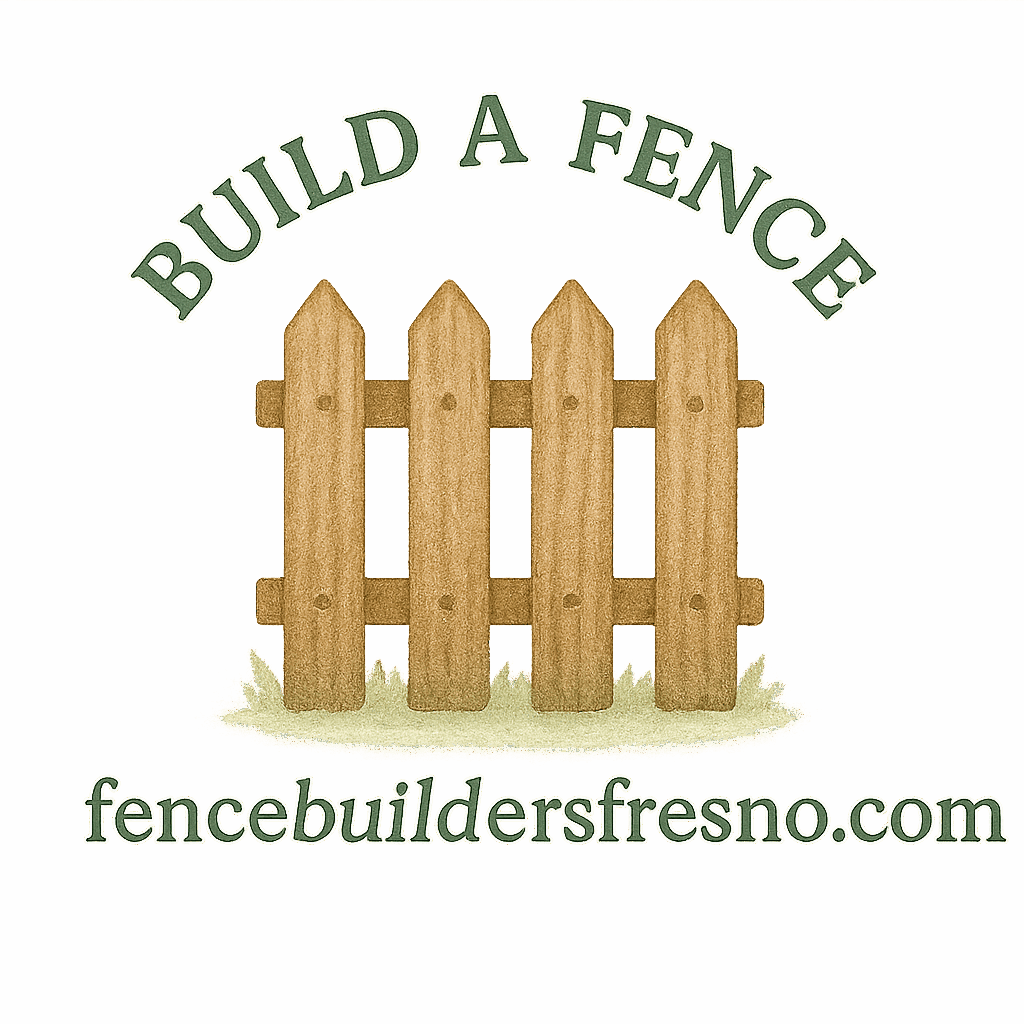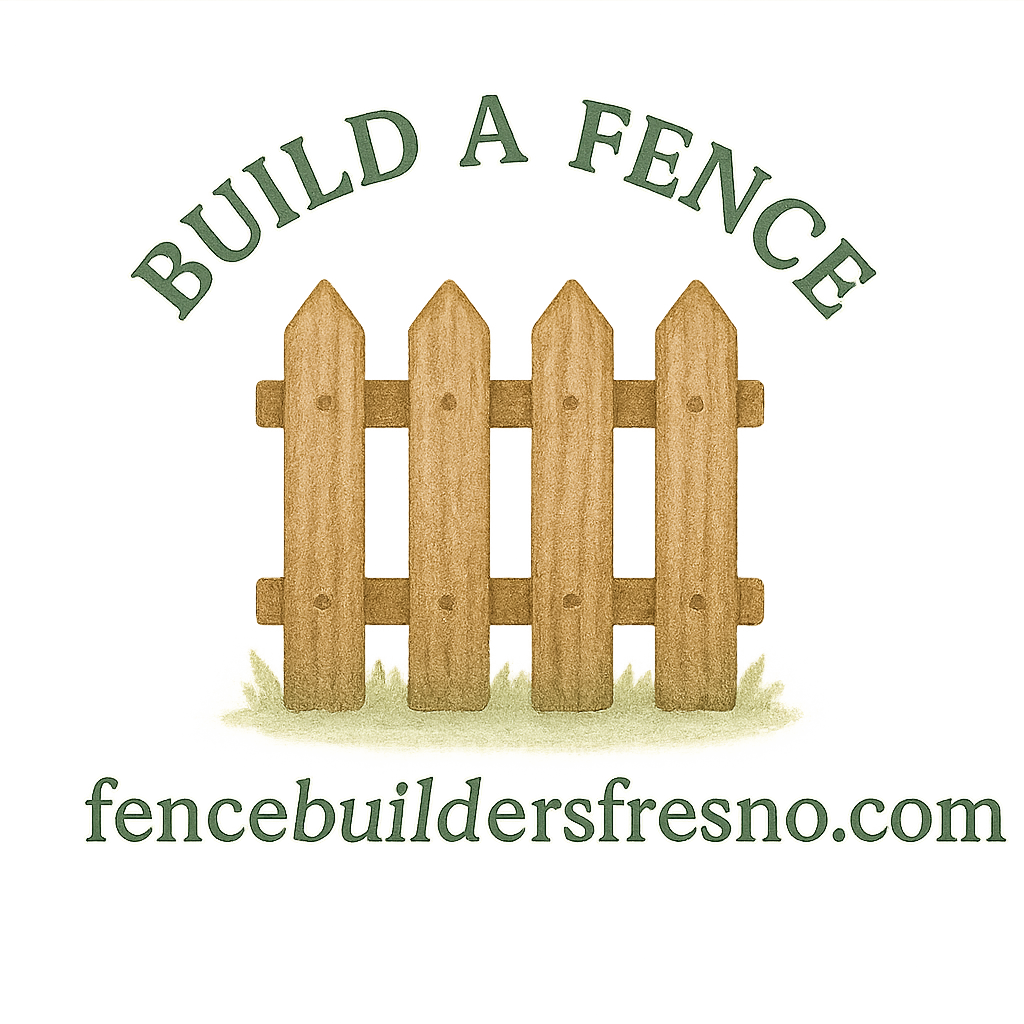Introduction: Why Safety Matters in DIY Fencing
When it comes to building a fence yourself, safety often takes a back seat to excitement. But here’s the truth: DIY fencing projects can quickly turn risky if you skip safety planning. Whether it’s sharp tools, underground utilities, or property disputes, overlooking details can cause injuries or legal trouble.
That’s why following safety precautions in DIY fencing planning is essential. Before you start, check out this fence guide to understand the basics and set yourself up for success.
Understanding DIY Fencing Risks
Common Hazards During Fence Installation
Fencing involves digging, lifting, and cutting—activities that naturally carry risks. Without proper preparation, you might face accidents like tripping over tools or hitting underground cables. Learn how to avoid these mistakes by reviewing fence installation essentials.
Misconceptions About DIY Fence Safety
Many assume that fencing is simple carpentry. But unlike hanging shelves, fences require outdoor durability, structural strength, and legal checks. Choosing durable fencing materials is one part of safety—handling them correctly is another.

Safety Precaution #1: Wear Proper Protective Gear
Your gear is your first line of defense. Safety goggles protect eyes from flying debris, gloves prevent splinters, and boots shield against heavy posts.
- For wooden fences, follow wood fence care to avoid splinters.
- For vinyl options, check vinyl fence tips to handle panels safely.
Safety Precaution #2: Plan Around Property Lines
One of the biggest mistakes in fencing is building on the wrong side of a property. Always confirm your property lines before digging.
Why? Because fencing disputes often lead to serious property rights battles, and sometimes even removal of your new fence.
Safety Precaution #3: Call Utility Companies Before Digging
Never assume your backyard is clear. Underground lines are common, and hitting one can cause severe injury or even death.
Check your area’s legal property considerations before digging—it’s not just about safety, it’s the law.
Safety Precaution #4: Use the Right Tools Properly
Using tools wrong is as dangerous as using none at all. Refer to fence building basics to learn which tools are essential and how to handle them safely.
Safety Precaution #5: Check Local Regulations
Fence laws may sound like a hassle, but ignoring them could cost you more than time. Restrictions on fence height or design are common.
Make sure your project complies with legal fencing rules, and avoid unnecessary legal disputes with your neighbors.
Safety Precaution #6: Work in Safe Weather Conditions
Hot days risk dehydration, while rainy days make soil slippery and tools unsafe. Plan your build on stable days to ensure both safety and quality.
Choosing low-maintenance materials can also reduce the strain of weather over time.
Safety Precaution #7: Prepare the Ground Safely
Ground prep often causes injuries when done carelessly. Use steady movements, proper boots, and gloves.
Read more about smart fence installation to prepare the ground safely.
Safety Precaution #8: Secure Heavy Materials
Lumber and panels can weigh more than you think. Store them flat and lift properly.
Opting for durable fencing materials ensures they won’t break under pressure—but remember, durability means heavier weight too.
Safety Precaution #9: Protect Against Sharp Edges
Wood splinters and metal edges are small but painful hazards. Sand wood smooth and cover exposed nails.
If you’re aiming for a stylish build, consider a decorative fence but still treat edges with caution.
Safety Precaution #10: Work with a Partner
Fencing is a two-person job. You’ll need help with holding posts, lifting panels, and alignment.
Home fencing projects are safer and faster when you team up.
Safety Precaution #11: Maintain a Clean Workspace
A cluttered site is a dangerous site. Clear debris, organize tools, and sweep the area as you go.
For ongoing care, follow fence maintenance guidelines to keep both your fence and workspace safe.
Extra Tips for DIY Fence Safety
- Budget for gear: it’s cheaper than hospital bills.
- Take breaks when you’re tired.
- Review upkeep tips to keep your fence safe for years to come.
Conclusion: Build Smart, Build Safe
DIY fencing isn’t just about hammering boards—it’s about planning, safety, and long-term durability. From calling utilities to following fence design planning, smart precautions ensure your fence is both safe and lasting.
Remember: building a fence the right way means building it the safe way.
FAQs
1. Why is calling utility companies before digging so important?
Because it prevents you from damaging lines, which could cause outages or injuries. See more on boundary fence laws that affect underground work.
2. What’s the most common DIY fencing injury?
Cuts from tools and strains from heavy lifting. These often happen in front yard fence projects where materials are exposed.
3. Can I build a fence alone safely?
Small fences, yes. But larger fences need teamwork for safety.
4. How do I know if my fence crosses property lines?
Check your survey, and review property rights before building.
5. What’s the safest weather for fence building?
Mild, dry days when the soil is stable.
6. Is safety gear really necessary for small projects?
Yes—splinters and nails don’t care how small your project is.
7. When should I hire professionals instead of DIY?
If you face legal restrictions, steep slopes, or heavy gates, consider professional fence installation.


